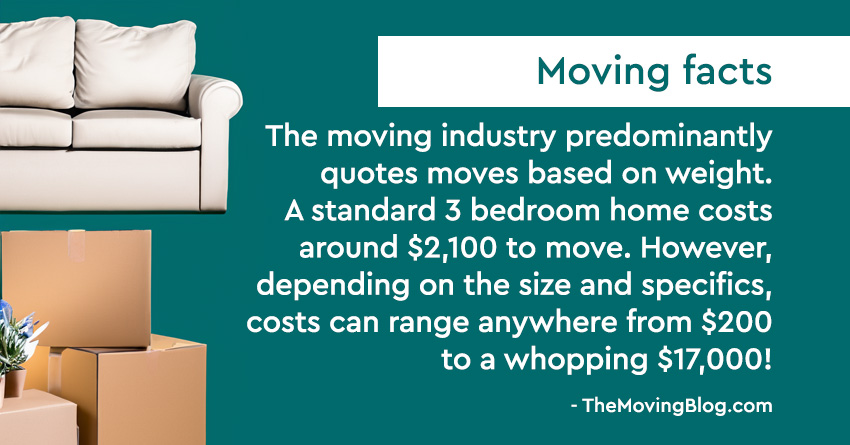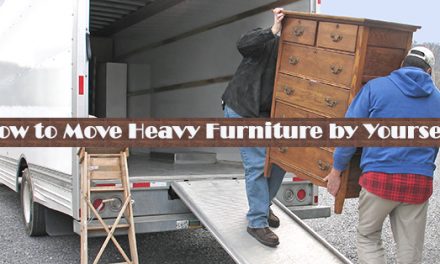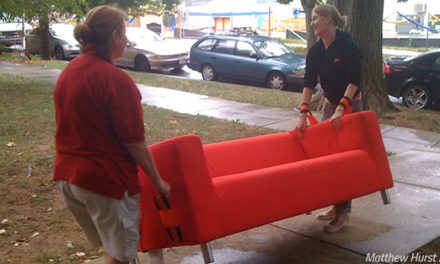As a seasoned relocation specialist, I’ve been through the moving maze more times than I can count! Ready to embark on a journey to save on your 2024 move? Buckle up!

Moving Industry Standards
The moving industry predominantly quotes moves based on weight. For instance, a standard three-bedroom home on average costs around $2,100 to move. However, depending on the size and specifics, costs can range anywhere from $200 to a whopping $17,000! My buddy Steve, a minimalist, recently moved just a few blocks away and paid only $250. Meanwhile, my aunt Clara, a collector of… everything, shelled out nearly $16,000 relocating cross-country. It’s all about decluttering and prioritizing. Depending on the moving company, you may get a cost estimate by the hour (for local moves) or by distance (for long distance moves).
| Type of Move | Low Estimate | High Estimate |
|---|---|---|
| Short-distance | $200 | $7,500 |
| Long-distance | $950 | $17,000 |
| Auto Shipping | $1,200 | $2,100 |
| Specialty Items (e.g., piano) | $300 | $2,000 |
Department of Transportation (DOT) Verification
Here’s a fun fact: Weight-based estimates are the good guy of the moving world since they’re verifiable by the DOT. This ensures you’re not being overcharged based on whimsical weight guesses.
Method of Weighing Goods
The process is simple: trucks are weighed before and after loading. The weight difference? Voilà, that’s your move’s weight! I remember a move where the truck’s before and after weights were suspiciously identical. Turned out, a cat had snuck aboard pre-weighing!
Shady Mover Tactics
Beware of shady movers who might forge weight tickets or use other tricks. Always go for reputable companies. I once heard of a mover who loaded a truck with water barrels to artificially hike up the weight!
Understanding Cubic Footage
Apart from weight, there’s cubic footage – the space your belongings occupy. It’s calculated by length x width x height. Though it sounds math-y, it’s quite straightforward.
Risks with Cubic Footage Estimates
While cubic footage is a legitimate method, it’s not verifiable by the DOT. This can be a playground for scammy movers. Remember, if an estimate sounds too good to be true, it probably is.
Importance of In-person Estimates
Always opt for in-person estimates. This ensures accuracy as the movers can physically see and gauge the quantity of items. My friend Lisa got a quote over the phone and ended up paying double because of her “few” extra items.
| Home Size | 250 Miles | 1,000+ Miles | 2,500+ Miles |
|---|---|---|---|
| 1 Bedroom | $950 – $2,800 | $1,400 – $4,100 | $1,800 – $5,100 |
| 2-3 Bedrooms | $2,100 – $4,800 | $3,100 – $6,600 | $4,300 – $8,900 |
| 4-5 Bedrooms | $3,500 – $8,100 | $5,700 – $13,700 | $7,800 – $17,000 |
Moving Truck and Container Capacities
Ensure you’re aware of your truck or container’s weight and cubic foot limits. This avoids overloading and potential extra costs. Having moved three times last year, I can’t stress this enough!
Art of Estimation
Movers generally use standard spreadsheets to guesstimate the weight or volume of your move. It’s more of an art than an exact science.
Significance of Accurate Inventory Lists
An accurate inventory ensures that the actual weight matches the estimate. It’s the backbone of a stress-free move. From personal experience, a thorough list can save hours of disputes.
Handling Inaccurate Inventory Lists
If discrepancies arise, don’t panic! Movers typically offer two options: rewriting the quote or switching to a non-binding estimate. I once had a client forget to mention an entire shed’s worth of items. Talk about a moving day surprise!
Conclusion: Moving doesn’t have to drain your pockets. With awareness and a bit of planning, you can make your 2024 move smooth and cost-effective!








